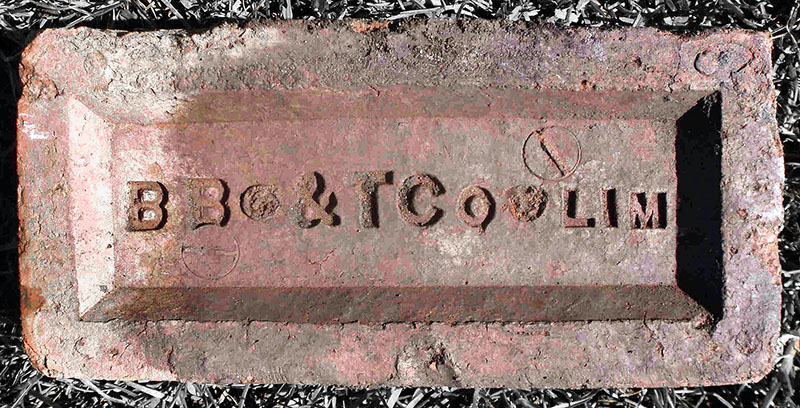
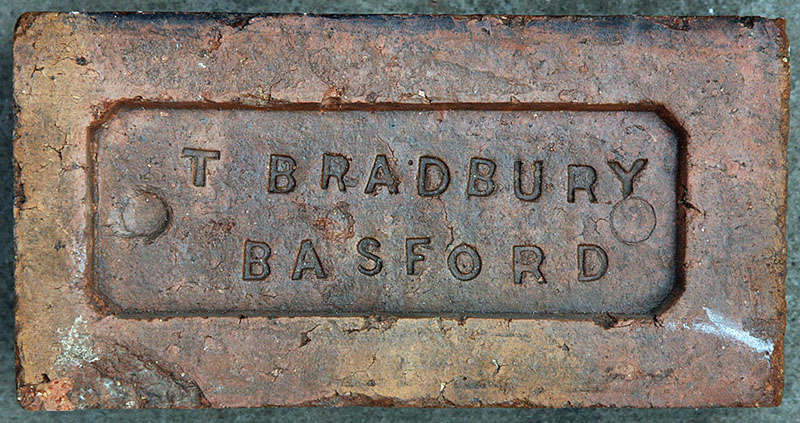

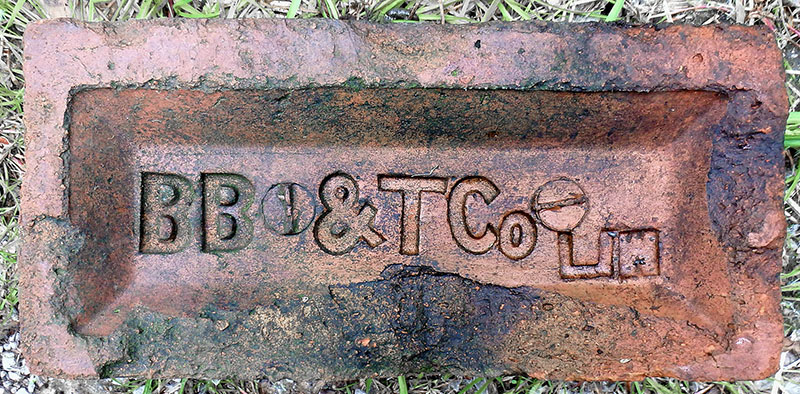
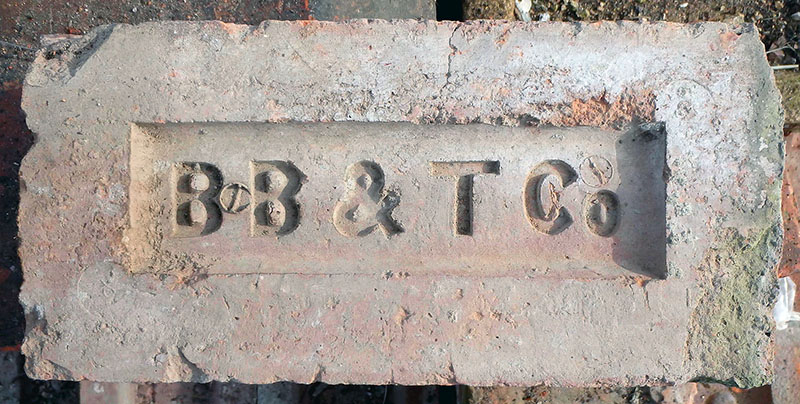
Made by the Bradford
Brick & Tile Company Limited. The company was founded by a
group of Halifax businessmen in the 1870s. Its brick works were
initially at Wapping Road, Whetley Lane, and Great Horton (Beldon
Road). BB&T Co later opened operations in Seymour Street, Leeds
Road, which became its HQ. The other works were presumably closed at
around that time. Waste bricks from this company are extremely
common in the Bradford area. Thanks to Derek Barker for the info. Photos by Frank Lawson.
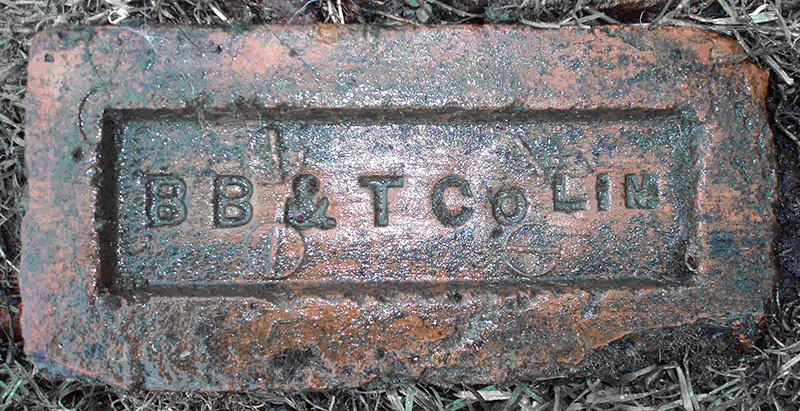
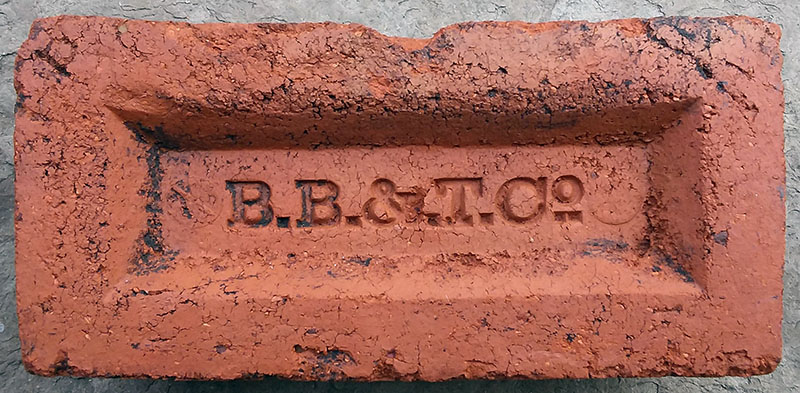
Photo by David Fox.
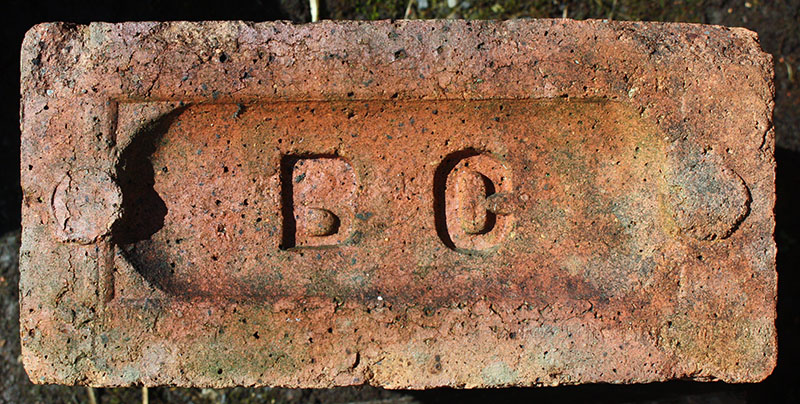
Bradford Colliery Co., Forge Lane, Bradford, Manchester. Slater's Manchester & Salford Directory 1883 & 1909. Photo by David Kitching.
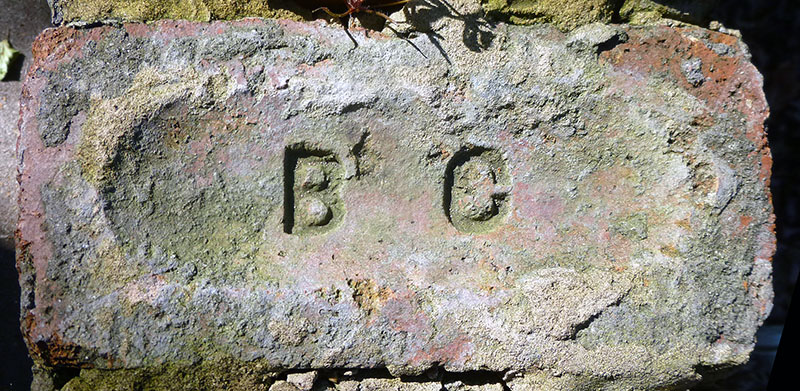
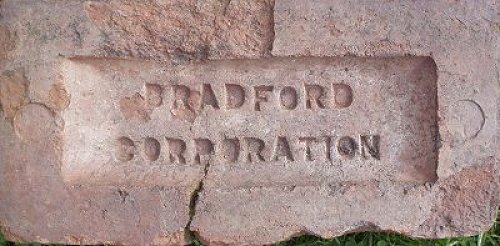
Photo by courtesy of the Frank Lawson collection.
This company was based at the Victoria Works, Rook Lane, off Tong
Street, Bradford. The Rook Lane works seemed to have developed as
a result of the brick making efforts of William Taylor and his
widow Martha (1874-75) which breached a deed of covenant he had
with the Bowling Iron Company. He had set up brick-making in
opposition to the Bowling Iron works own kilns on land he had
leased from the company. BIC eventually took over the brick making
activities themselves to produce the [BOWLING IRON WORKS] bricks
(1901-1922). Brick production survived longer than the actual iron
making. The Rook Lane works had evolved into the Bradford
Corporation brick-works on the same site by 1927. Thanks to
Derek Barker for the information.
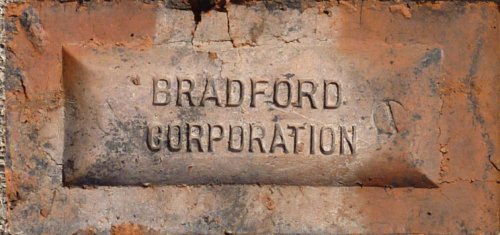
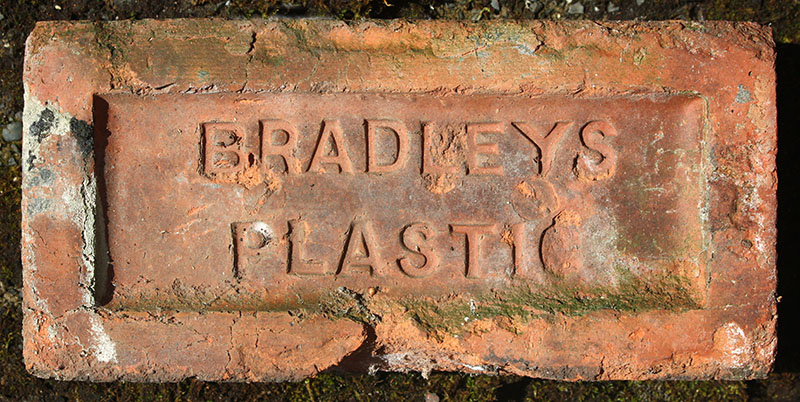
Probably: - Hilary Bradley & Son, Deane Moor & Hope Street, Daubhill, Bolton, Lancs. Worrall's Directory 1871. Info by Frank Lawson, photo by David Kitching.
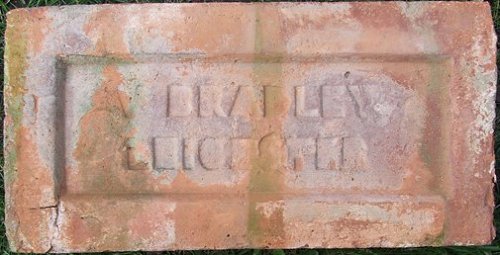
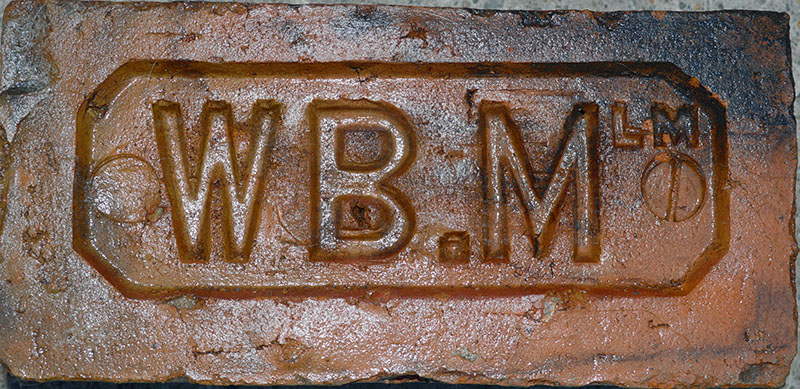
In the 19th century William Bradley of Salthouse Road, Millom manufactured bricks and tiles as well as being a builder, joiner, contractor, painter and decorator. Photo by Richard Comish.
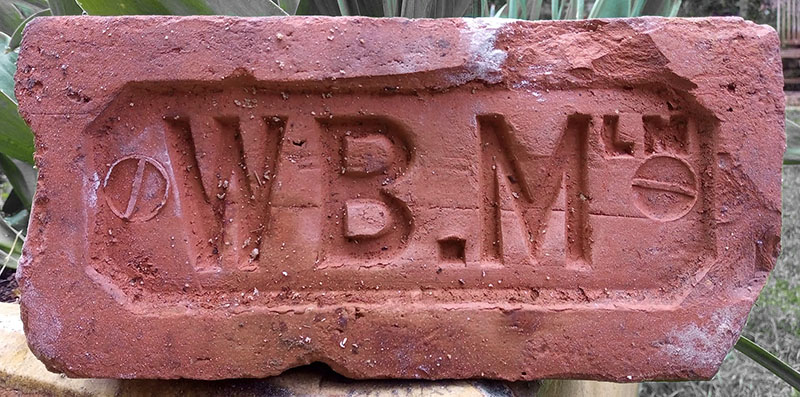
Photo by Chris Graham.
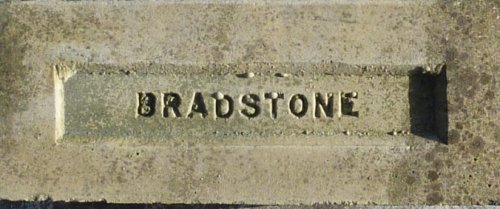
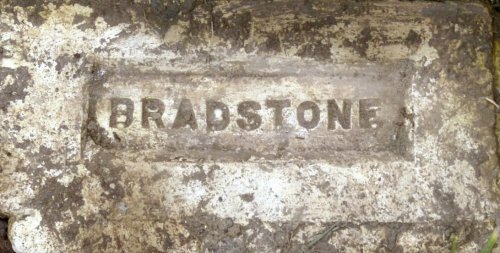
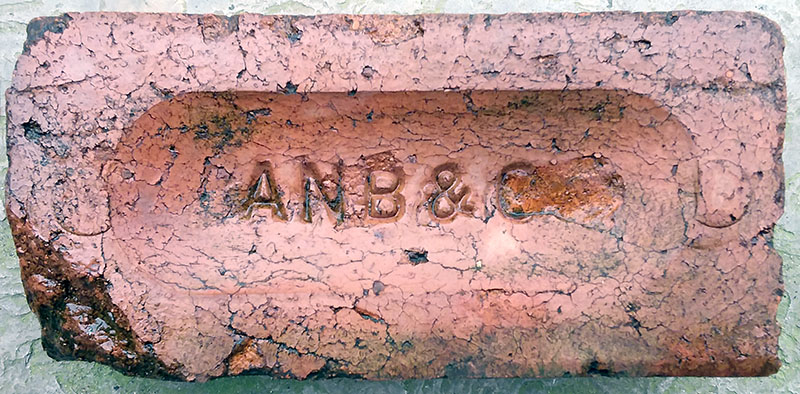
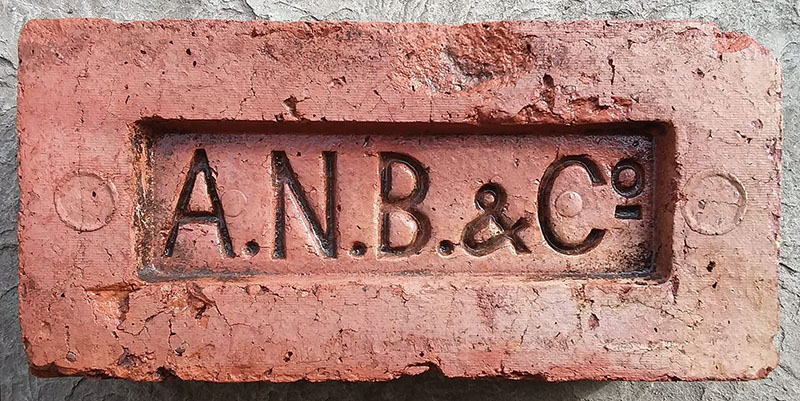
Photos by David Fox.
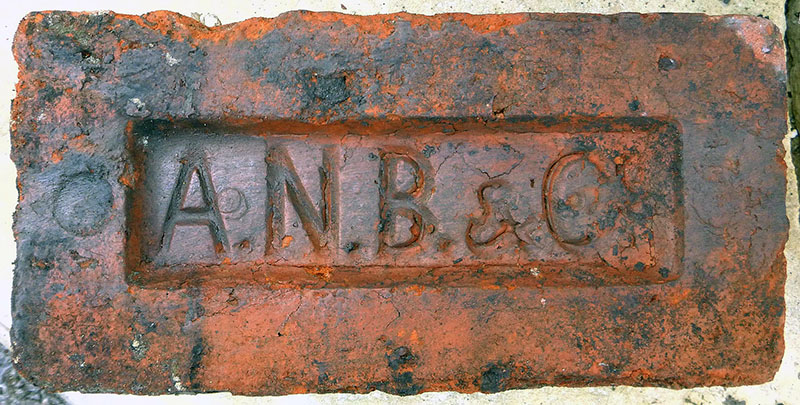
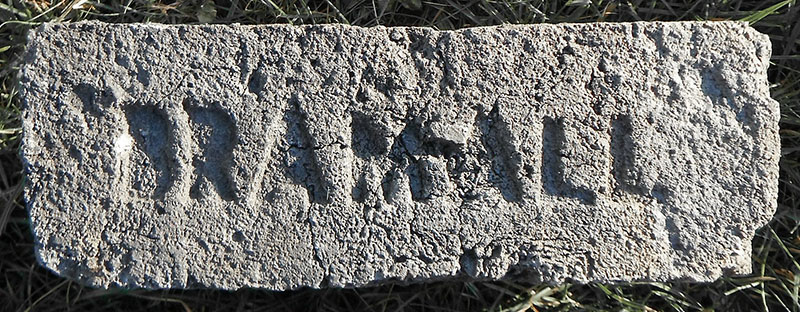
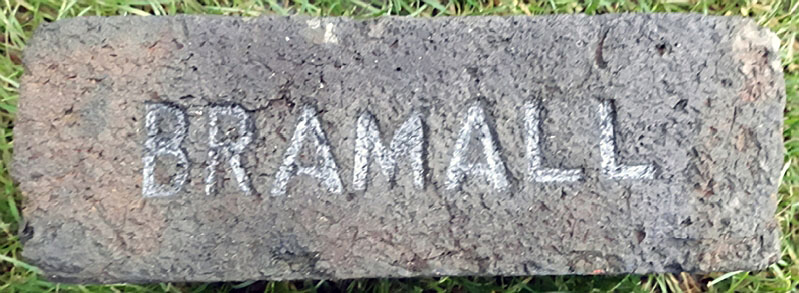
Joseph Bramall, senior, was born into a farming community in Oughtibridge near Sheffield in 1807. By the time he was 30 he had built up an industrial supplies business selling metal goods such as files, tools and metal implements etc. His company Joseph Bramall & Sons was also selling ganister for field walls and road repairs and in ground-form (initially from road surface scrapings) as a refractory lining material for use in cupolas in the growing Sheffield steel industry.
Between 1830 and 1880 the Bramall family rented, leased and bought land suitable for mining and quarrying ganister and became major dealers in ground ganister with goods sold as far afield as Russia (one order in 1872 from a customer in St. Petersburg being for 200 tons), France and the USA. By 1893 there were no less than four Bramall family members listed in local directories as separate ganister dealers with Charles (born 1850) eventually becoming the foremost among Joseph’s five sons.
Around 1865, the Bramall company opened a brickworks with one beehive kiln, Birtin Works, in nearby Worrall and this made Silica bricks alongside its ground ganister production. A larger works, Caledonian Works, opened nearby in 1871 to manufacture both ganister-based and fireclay-based bricks. Brick manufacture ceased at Birtin Works in 1889 as ganister brick production transferred to the Caledonian Works. A smaller brickworks, Bradshaw Works, was established near some gannister mines and quarries at Bullhousenear Langsett to the north of Stocksbridge. At some point the Bramall company made common bricks at one of their works
Birtin Works closed and was recorded as disused by 1923; the Caledonian Works grew from 3 beehive kilns in 1880 to 16 (2 rows of 8) by 1910 reducing to 8 kilns by 1920 and closed sometime in the early 1930s while Bradshaw Works was recorded as still operating with one kiln in 1931 but is thought to have closed soon after. It’s known that Bramall family members,Charles and Mary, invested in the Larkhall Fireclay Company Ltd., Caledonian Works, Larkhall, South Lanarkshire, Scotland around the 1920s to 1930s until those works themselves closed in 1937 and were sold to others.
Info by John Bramall and photo of a brick found in Fife by Mark Cranston. It is a matter of debate whether this brick was made at Sheffield or possibly the Scottish works at Larkhall.
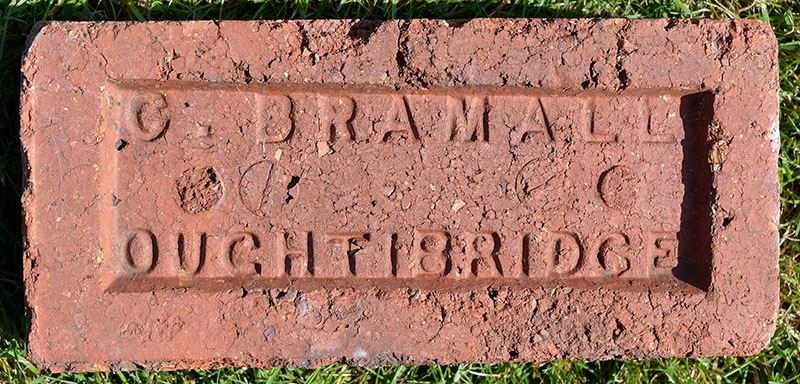
Photo by Frank Lawson.
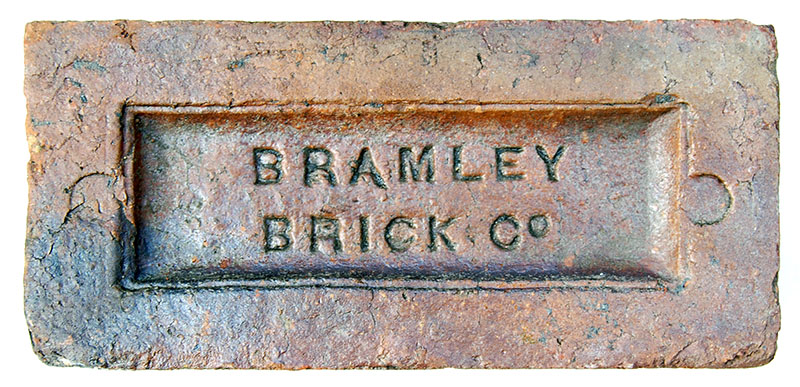
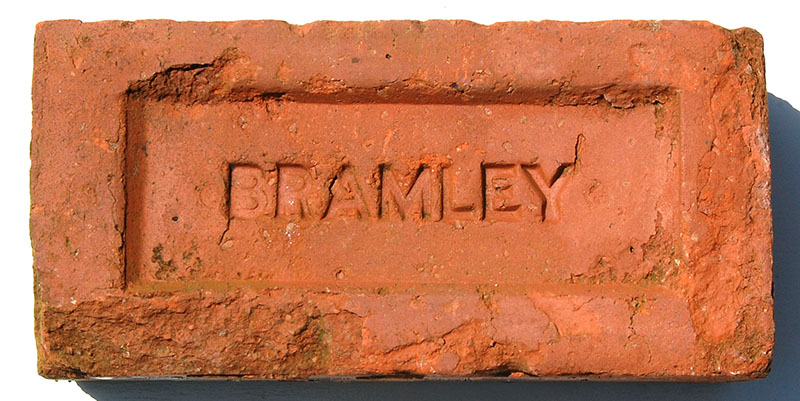
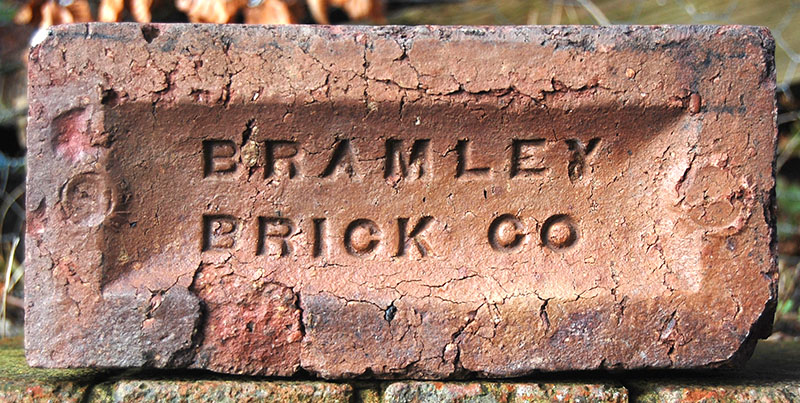
Bramley Brick Co., operated at the Swinnow Lane Brickworks at Bramley, Leeds, from c. 1898 when listed in Robinson, Leeds, to c1929, listed in Kelly, Leeds. The site was taken over by Jabez Woolley in 1930. Images PRBCO.
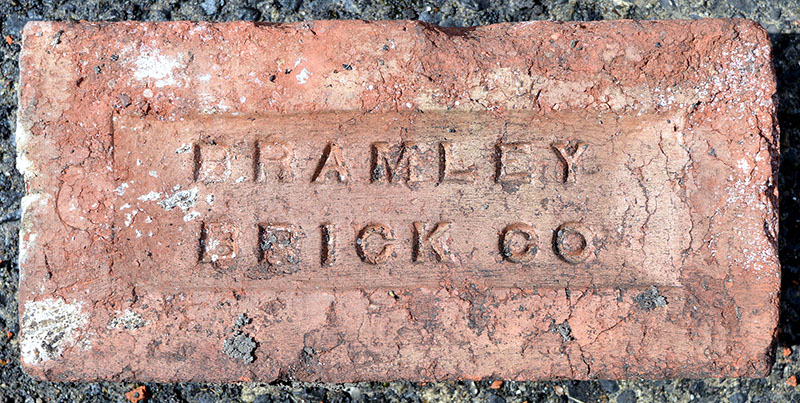
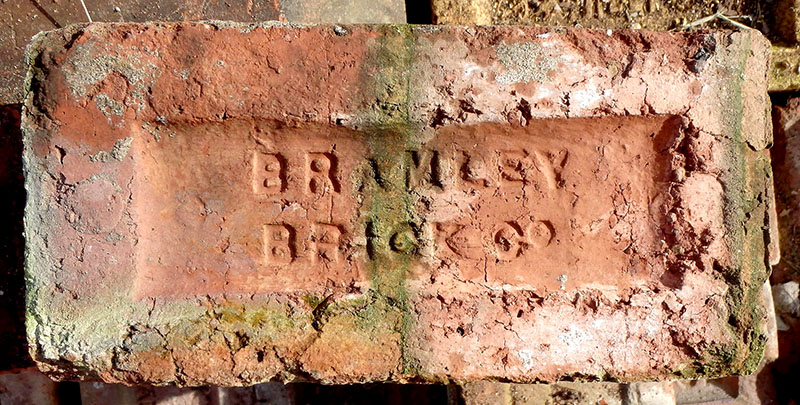
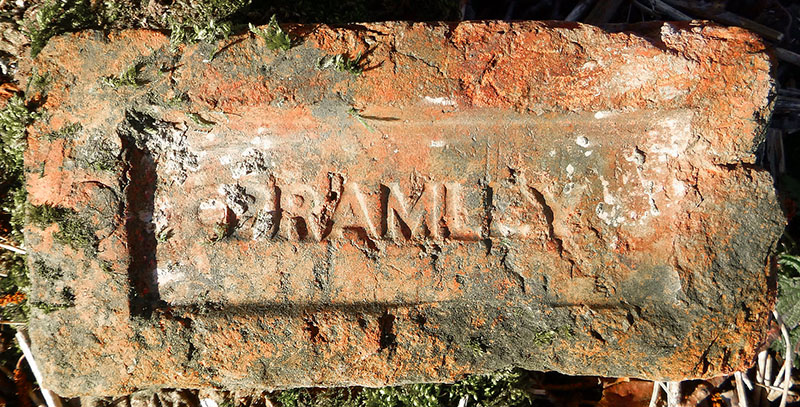
Photos by Frank Lawson.
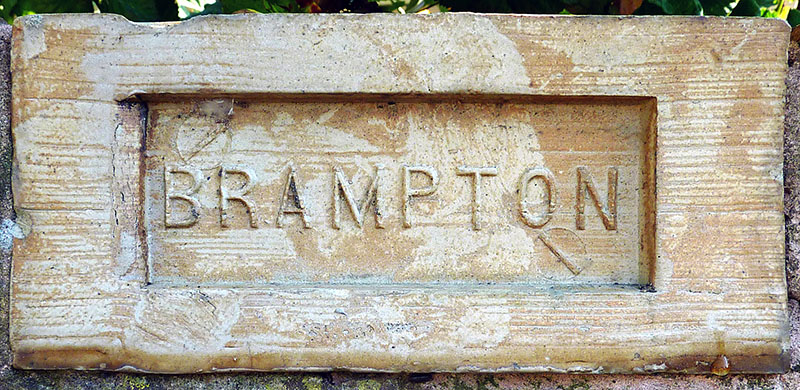
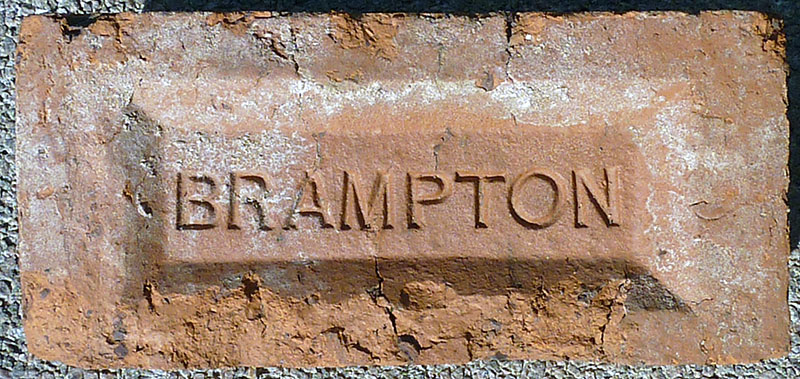
James Pearson Ltd. produced bricks at their Brampton Brickworks from 1900 through to the 1920's. Kelly's Trade Directory has entries in the 1925 & 1928 editions for James Pearson Ltd. Chatsworth Road, Chesterfield in the Brick & Tile Makers section. Brampton Colliery was sunk in 1899 to produce coal for the nearby pottery & brickworks after New Brampton Colliery had been closed. The owner of Brampton Colliery was James Pearson in 1907. Pearson had purchased London Pottery & its brickworks from Frederick Lipscombe in 1888. He had also purchased the nearby Oldfield Pottery in 1884 & both these works were connected to Brampton Colliery via a tramway. Pearson's Oldfield Pottery stamped their pots & bricks with Brampton when they were made for export. Info and photos by Martyn Fretwell.
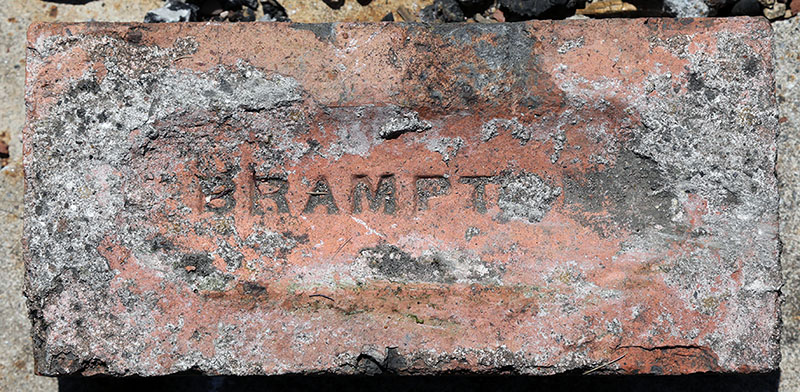
Photo by David Kitching.
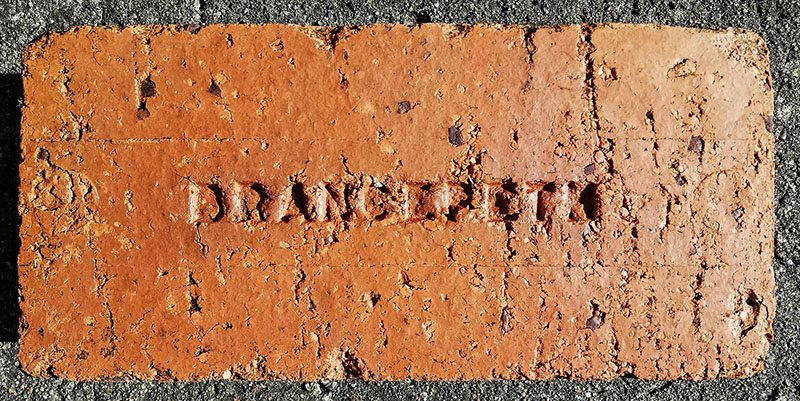
Photo by Chris Tilney.
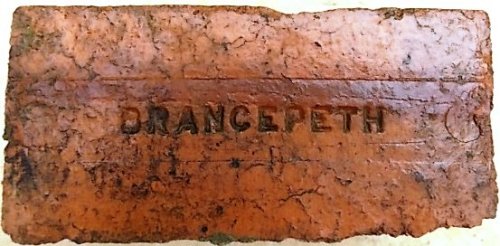
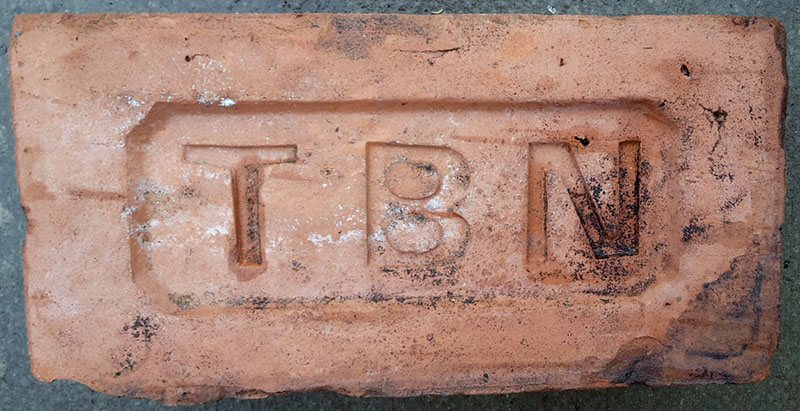
Thomas Brand, Norton, Malton, North Yorkshire - Kelly's Directory of the North and East Ridings of Yorkshire, 1893. Photo by Carla van Beveren.
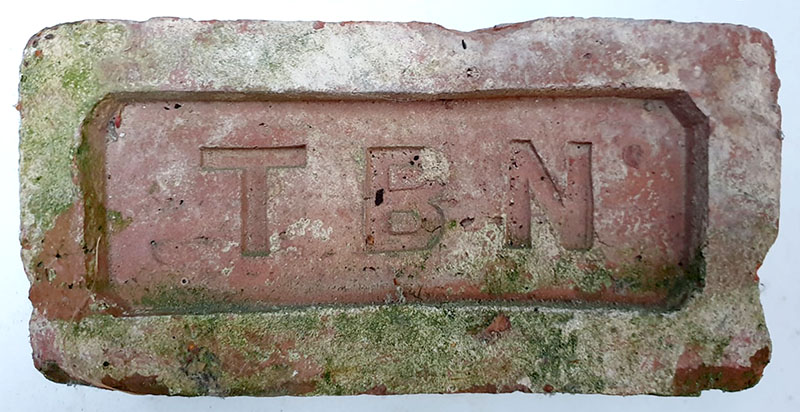
Photo by Jase Fox.
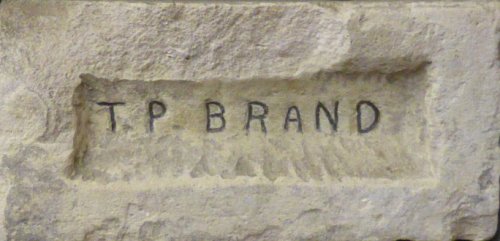
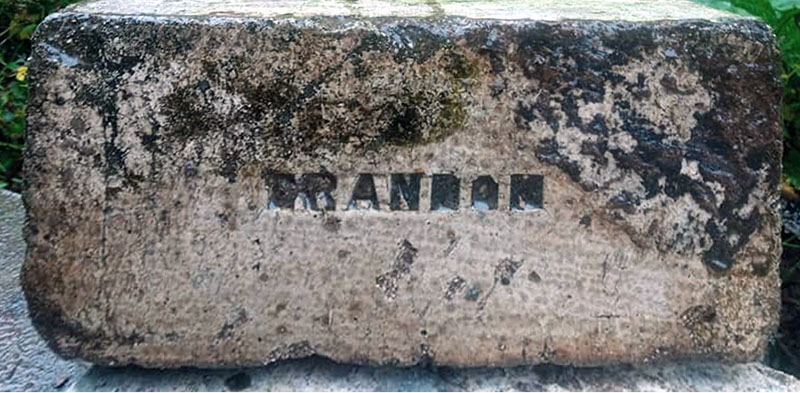
Photo by Chris Graham.
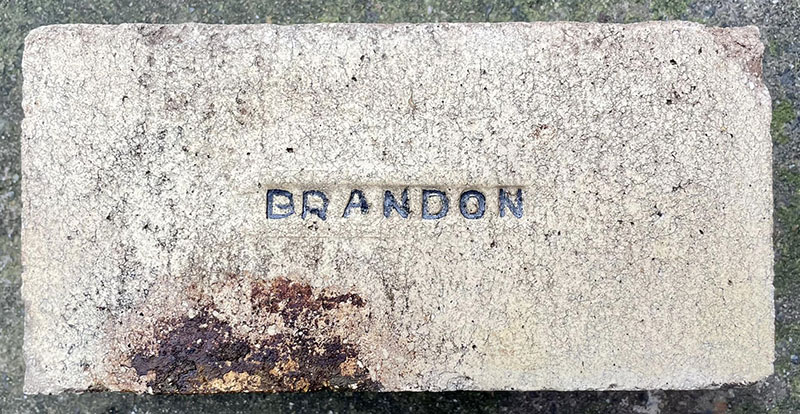
Photo by Phil Burgoyne.
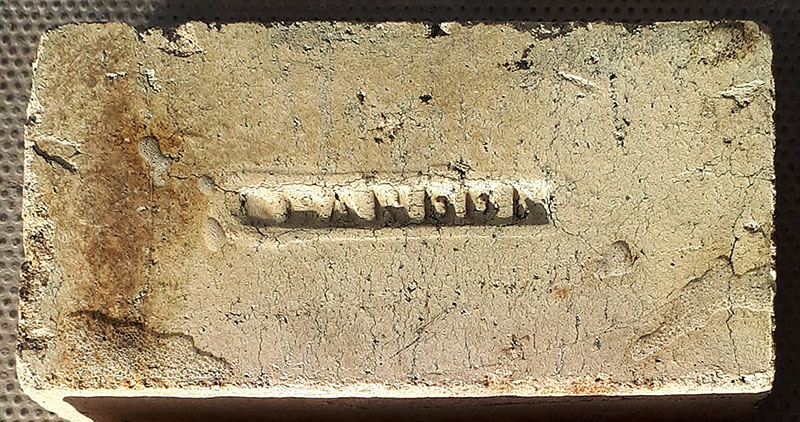
Photo by John Tougher.
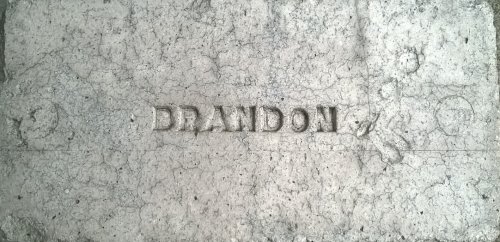

The Branksea Clay & Pottery Company was set up in 1853 by an ex-Indian army officer, Colonel William Petrie Waugh (the island is now known as Brownsea). On a trip there with his wife he had discovered fine-grained, white china clay, a deposit that an eminent geologist declared could be worth £1,000,000' Colonel Waugh bought the island for £13,000 and set about building a huge pottery as well as a 3,000ft brick embankment and sea wall as part of a land reclamation scheme that created 100 acres of extra arable land.
The plan to manufacture fine porcelain did not work, and after lots of trials it was concluded that the clay on Brownsea just wasn’t suitable. So instead production was switched to far less lucrative products such as sewage pipes, bricks and chimney pots. This was a large scale operation and by 1856 there were nine kilns, one of which could fire 18,000 bricks at a time. These were all shipped across to Poole from Pottery Pier, which was connected to the brickworks by a horse-drawn tramway. Unfortunately the venture depended on large bank loans and didn’t make enough money to repay them. In 1857 Colonel Waugh fled to Spain and was declared bankrupt. The pottery was put up for auction, didn’t even meet its low reserve price and in the late 1880s it was closed for good.

Photos by Martyn Fretwell.